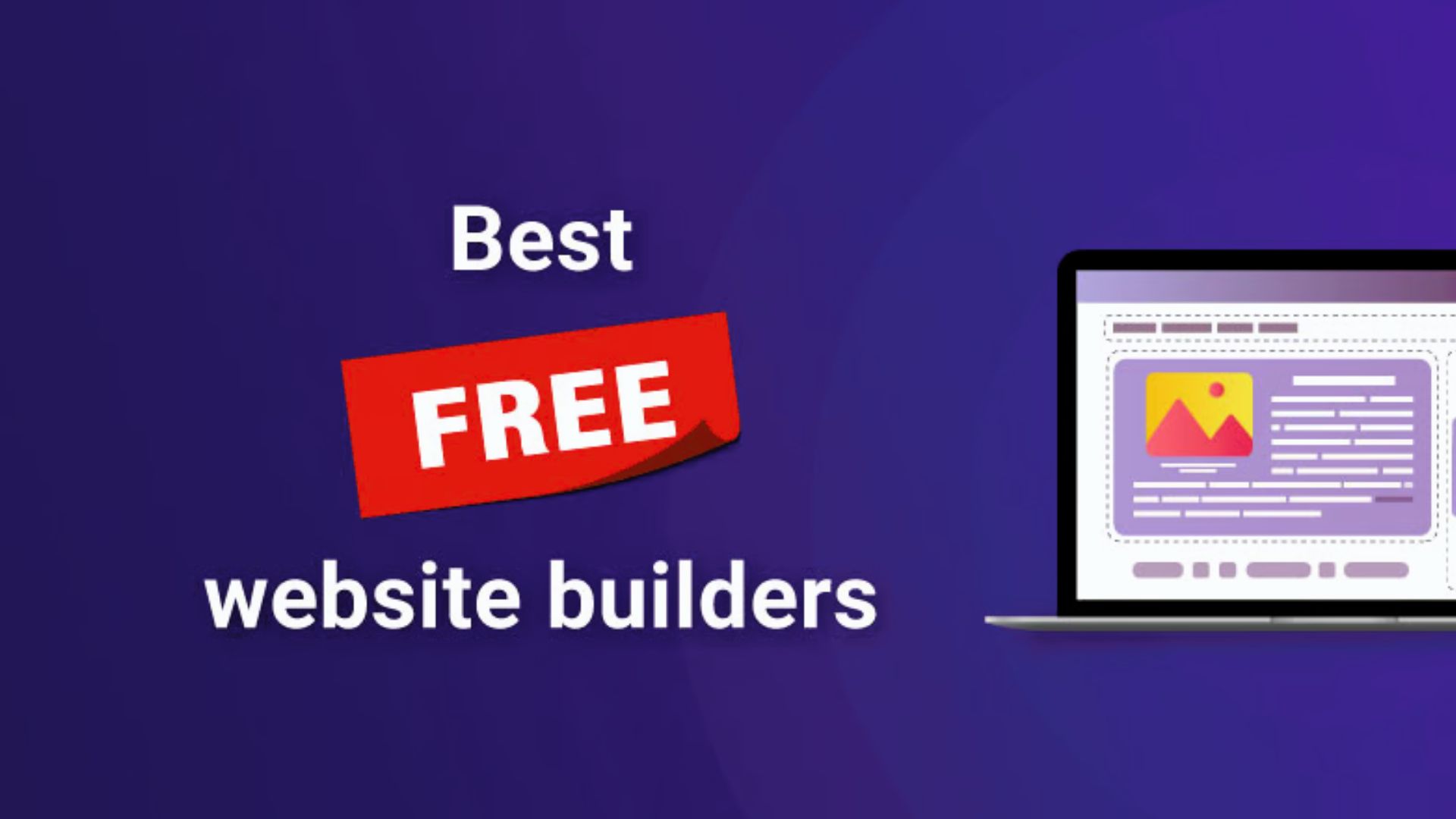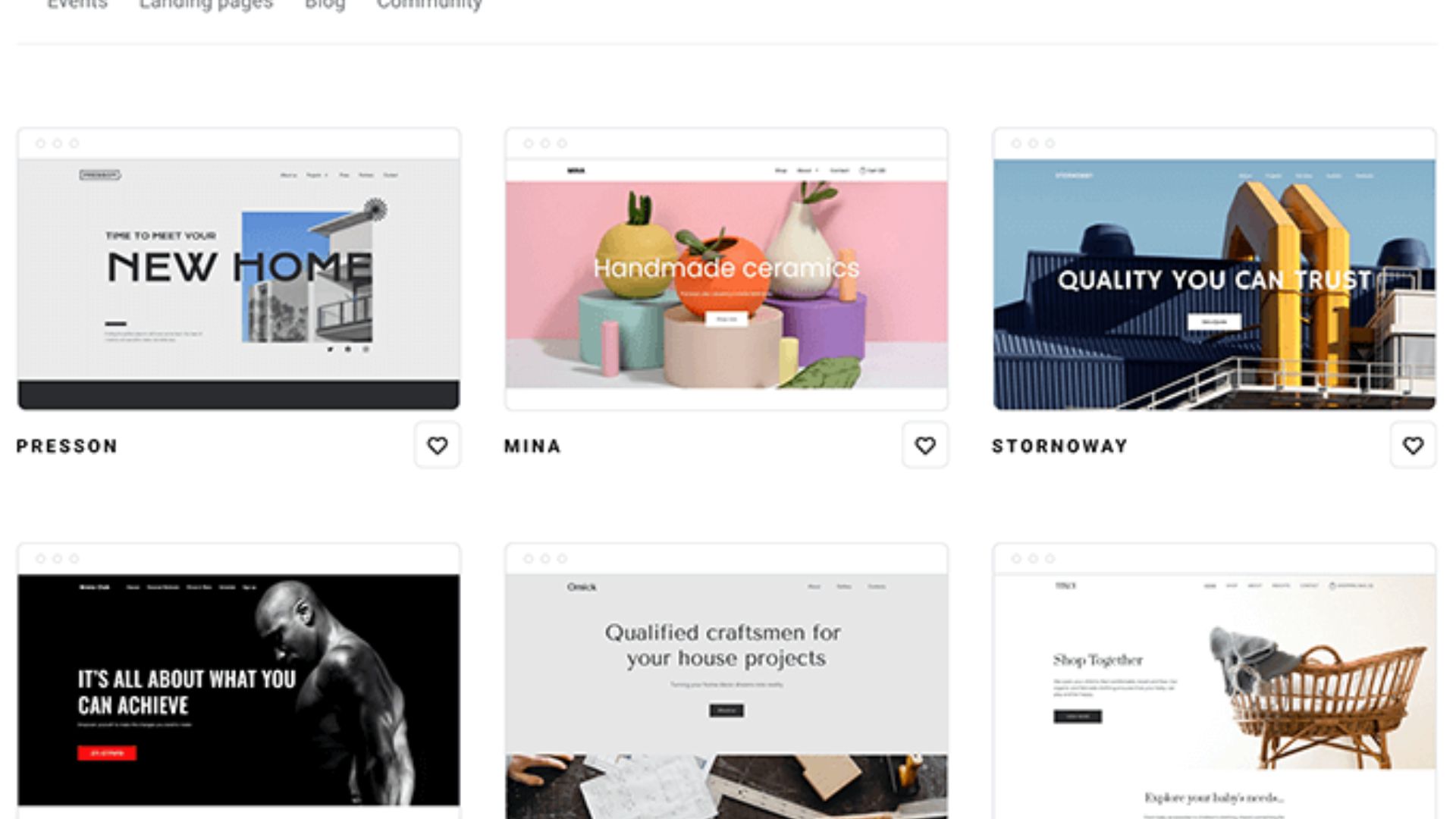Designing a website that effectively drives conversions and sales requires careful planning and attention to various elements. Here are some tips to help you create a website that maximizes conversions and generates sales:
- Clear and Compelling Value Proposition: Communicate the unique value proposition of your product or service on your homepage. Explain how it addresses customer needs and why it is superior to competitors. Use persuasive language and compelling visuals to capture visitors’ attention and generate interest.
- Strategic Call-to-Action (CTA) Placement: Place clear and prominent CTAs strategically throughout your website, especially on key pages such as the homepage, product pages, and landing pages. Use attention-grabbing colors, persuasive copy, and a sense of urgency to encourage visitors to take the desired action, whether it’s making a purchase, signing up, or contacting you.
- Simplified Navigation: Ensure your website navigation is intuitive and easy to navigate, guiding visitors seamlessly through your site. Use clear labels for menu items and organize content logically. Limit the number of options in the main navigation to prevent overwhelming visitors and help them find what they’re looking for quickly.
- Engaging and Persuasive Copy: Craft compelling and persuasive copy throughout your website, focusing on the benefits of your product or service. Highlight key features, use customer testimonials or case studies, and address potential objections or concerns to build trust and propel visitors towards conversion.
- Social Proof and Trust Signals: Incorporate social proof, such as customer reviews, testimonials, or trust badges, to instill confidence in your brand and products. Display logos of well-known clients or partners to enhance credibility. Transparently showcase positive customer experiences to validate your claims and encourage conversions.
- Optimized Product or Service Pages: Pay special attention to product or service pages, as they are crucial for driving sales. Include high-quality product images, detailed descriptions, pricing information, and customer reviews. Make the purchasing process smooth, with clear add-to-cart buttons, an easy-to-use checkout process, and multiple payment options.
- Mobile Responsiveness: Ensure your website is fully optimized for mobile devices. With the increasing use of smartphones, a mobile-friendly and responsive design is crucial for providing a seamless and enjoyable user experience, leading to higher conversions on mobile devices.
- A/B Testing and Continuous Optimization: Implement A/B testing to experiment with different design elements, copy, or layouts to identify the most effective strategies for driving conversions. Continuously monitor and analyze website data, user behavior, and conversion rates to make data-driven optimizations over time.
- Fast Loading Speed: Optimize your website’s loading speed to prevent visitors from abandoning your site due to slow performance. Compress images, minify code, and leverage caching techniques to improve page load times. Fast-loading pages contribute to a smooth user experience and lower bounce rates.
- Customer Support and Live Chat: Provide easy access to customer support and incorporate live chat functionality. Offering prompt and personalized assistance to visitors can address any concerns or questions they may have, nurturing their confidence and increasing the likelihood of conversion.
By incorporating these tips into your website design strategy, you can create a highly persuasive and conversion-focused website that effectively drives sales and generates revenue for your business. Continuous monitoring, analysis, and optimization based on user feedback and data insights will further refine your website’s performance and maximize its potential for conversions.










